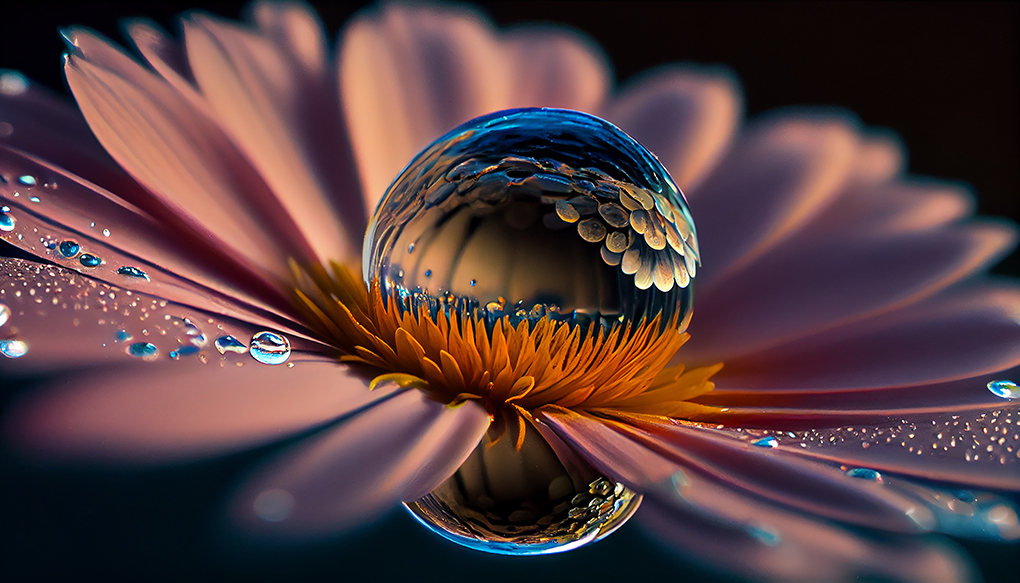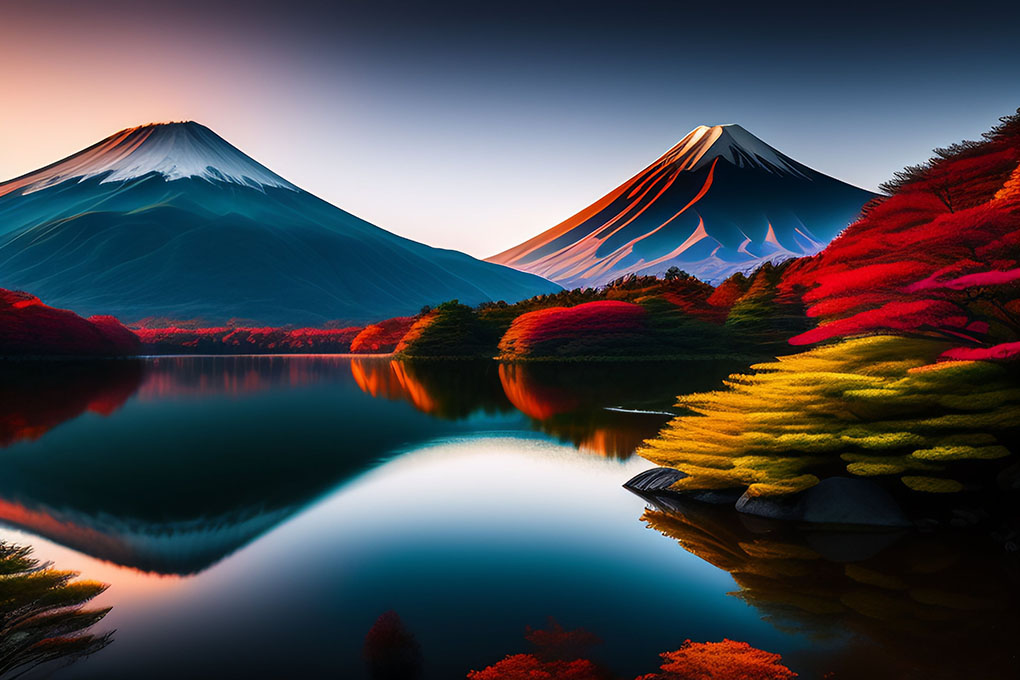High Definition (HD) images have become ubiquitous in our digital landscape, gracing everything from our smartphones to our television screens. But what exactly are HD images, and how are they created? In this article, we’ll explore the intricacies of HD images, shedding light on their definition, production process, and the impact they have on our visual experiences.
Defining HD Images
HD images refer to images with a high level of detail and resolution, typically characterized by a minimum resolution of 1920×1080 pixels or higher. This resolution standard, often denoted as “1080p,” provides a sharp and clear picture quality that enhances the viewing experience, whether it’s on a computer monitor, television screen, or mobile device.
HD images are distinguished by their ability to capture fine details, vibrant colors, and smooth gradients, resulting in a more lifelike and immersive visual representation of the subject matter. From breathtaking landscapes to intricate portraits, HD images allow viewers to appreciate the nuances and intricacies of the depicted scenes with unparalleled clarity.
The Production Process
Creating HD images involves several key steps, each contributing to the final result:
Capture or Creation: HD images can be captured using digital cameras or created digitally using graphic design software. In either case, the goal is to capture or create an image with sufficient resolution and detail to meet the HD standard.
Resolution and Compression: Once the image is captured or created, the next step is to ensure that it meets the required resolution for HD display. This may involve adjusting the image size and resolution using image editing software. Additionally, to optimize storage and transmission, HD images are often compressed using algorithms that preserve image quality while reducing file size.
Color Correction and Enhancement: To enhance the visual appeal of HD images, color correction and enhancement techniques may be applied. This includes adjusting brightness, contrast, saturation, and other parameters to achieve the desired look and feel of the image.
Export and Distribution: Once the HD image is finalized, it can be exported in various file formats suitable for distribution and display on different devices and platforms. Common file formats for HD images include JPEG, PNG, and TIFF, each offering a balance between image quality and file size.
The Impact of HD Images
HD images have a profound impact on our visual experiences across various domains:
Entertainment: In the realm of entertainment, HD images enrich our viewing experiences by bringing cinematic quality to movies, TV shows, and video games. From stunning visual effects to lifelike character animations, HD images elevate storytelling to new heights of immersion and realism.
Communication: In the digital age, HD images play a crucial role in communication, allowing us to convey information, emotions, and ideas with clarity and precision. Whether it’s sharing photographs on social media or creating professional presentations, HD images enhance the effectiveness of visual communication.
Education: HD images are invaluable tools in education, providing students with detailed visual representations of concepts, phenomena, and historical events. From textbooks to online courses, HD images facilitate better understanding and retention of information across diverse subjects.
Advertising and Marketing: In the world of advertising and marketing, HD images are essential for capturing consumer attention and conveying brand messages effectively. Whether it’s a product photograph or a promotional graphic, HD images enhance the visual appeal of marketing materials and drive engagement with target audiences.
Conclusion
HD images have become an integral part of our visual culture, enriching our lives in myriad ways. From entertainment and education to communication and commerce, HD images enhance our experiences, enabling us to see the world with greater clarity, depth, and vibrancy. As technology continues to advance, the impact of HD images will only continue to grow, shaping the way we p




